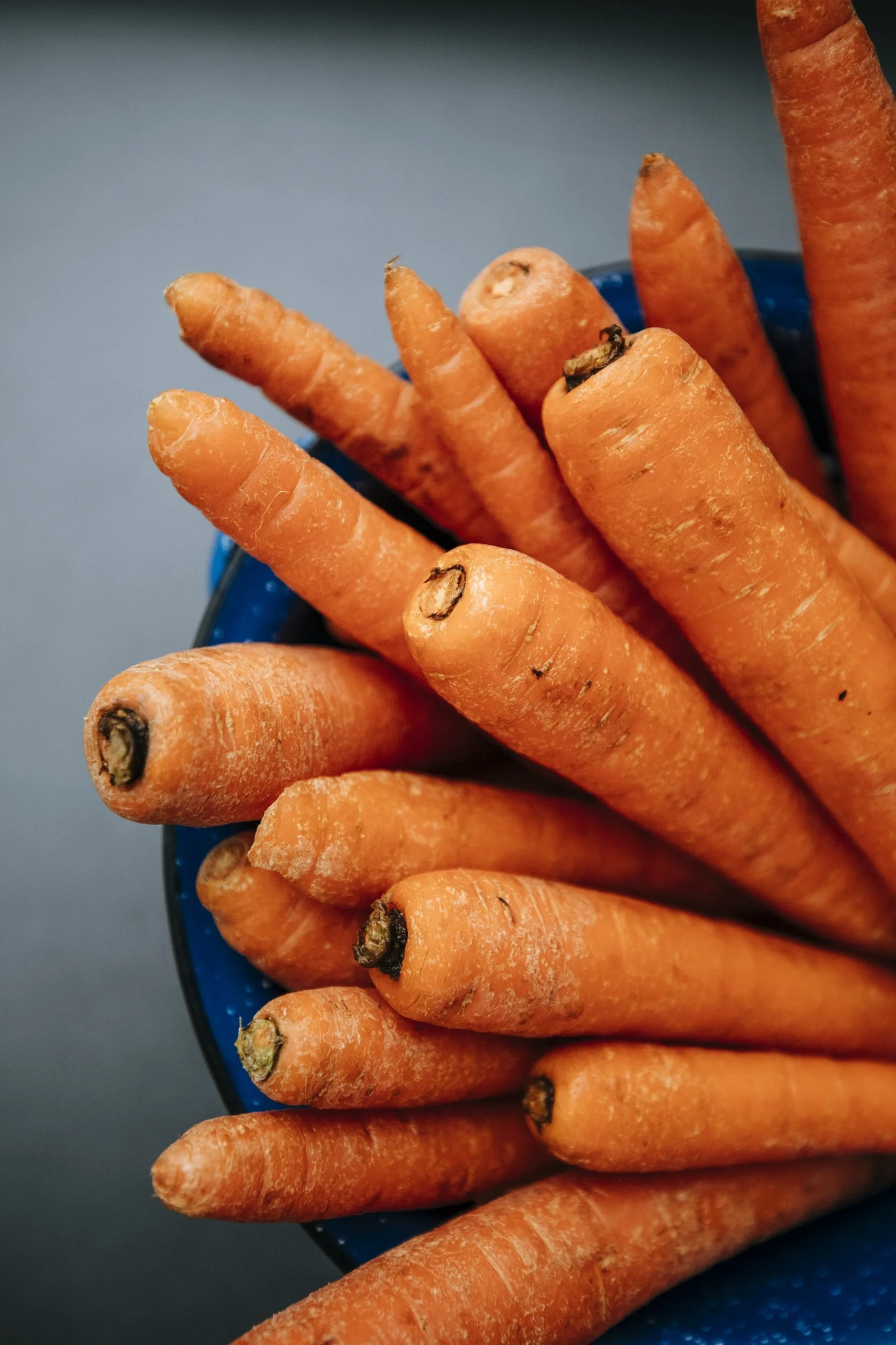Natural Vs. Added Sugars
Today’s post is the second article in a series about sugar and all things sugar.
The first post, Carbohydrates Vs. Sugar is here.
The Dietary Guidelines for Americans have included recommendations to reduce added sugars in our diets for several years.
It recommends choosing an eating pattern low in added sugars - limiting added sugars to less than 10% of calories per day for ages two and older and avoiding added sugars for infants and toddlers.
Now the key phrase here is ADDED sugars.
I’ve had people tell me that they don’t eat carrots because they are high in sugar.
They don’t eat potatoes because they are “all” sugar.
They don’t eat fruit because they are high in sugar.
Avoiding these plant foods because of their sugar content is among the more ridiculous statements I have heard.
For one, I always say, “yeah, sure, because eating too many carrots is the problem with our eating habits.”
And potatoes are not all sugar. They have a lot of nutrients in them, including vitamin C, potassium, and fiber.
And fruit also has a LOT of benefits in addition to its naturally occurring sugar.
I assure you that the naturally occurring sugars found in many foods, including fruits, vegetables, and dairy foods, are not the source of too much sugar in the typical American diet.
Added sugars, on the other hand? Absolutely.
When people bring up the carrots being full of sugar, I bring up this fact:
It takes a pound of carrots to equal one candy bar in calories. Therefore, one pound of carrots is LESS THAN 200 calories. Look at any “regular” candy bar; all over 200 calories.
The “sugar” content may be similar (20-25 grams), but the nutrients are not.
For one, the “sugar” in carrots is all naturally occurring sugar - with fiber, potassium, and plenty of vitamins and minerals (and water).
Not the same at all. Added sugars are the concern in the typical American diet, not the naturally occurring ones.
Some foods need added sugar, so they are tolerable.
What first comes to mind is cranberries. These little things have many nutrients and benefits. And most people can’t tolerate them without some added sugar.
I also think of yogurt – unless I am using it in a recipe, I do like some flavor to the yogurt, and some added sugars go a long way to make it palatable (in my opinion).
Cocoa powder isn’t really edible without some added sugar.
And chocolate. Chocolate with no sugar is practically inedible to most people. Adding sugar to it makes it not only edible but enjoyable.
These are three examples of foods that many people would not eat without the addition of some sugar.
Is this a problem? It depends. Some yogurts, especially those targeted to children, may be very high in added sugars, more than needed to make them palatable. Others like Greek and Skyr are not usually significant sources of added sugars.
Same with cranberries. Cranberry juice has its benefits – but drinking it by the quart (valid with any juice) is too much. And cranberry sauce (homemade) is high in sugar, but I am not eating it year-round.
On the Nutrition Facts Panel
With the newer version of the Nutrition Facts Panel, there is now a line that includes how much sugar in a food is Added Sugar. I explained more about the entire label in an earlier series, with the information about carbohydrates in this part.
The label includes total sugar (from natural sugar found in some foods and added sugars).
Looking at a label, if it lists 12 grams of sugar, then underneath that is the line “includes 4 grams of added sugars,” we can see that the difference is 8 grams. That 8 grams are naturally occurring sugar. Now people don’t have to guess how much-added sugar is in their yogurt and can see that the sugar in the smoothie has no added sugar.
The thing is that those 4 grams are part of the 12 grams. The 12 grams is a combination of naturally occurring and added sugars. It is not in addition to those 12 grams.
Avoiding Added Sugars
Avoiding added sugars isn’t the goal of the recommendations and guidelines. It isn’t practical or essential.
That fact is that we, as a population, are getting too much sugar from added sugars.
While it is challenging to give an exact number to everyone, the guideline is to keep added sugars to less than 10% of total calories.
Someone who needs 1,600 calories per day should aim for less than 160 calories from added sugars or less than 40 grams daily. To some people, that may seem like a lot still, but look at your intake throughout the day, and you may be surprised where the added sugars are coming from.
Next in the series: Healthier Alternative Sugars


